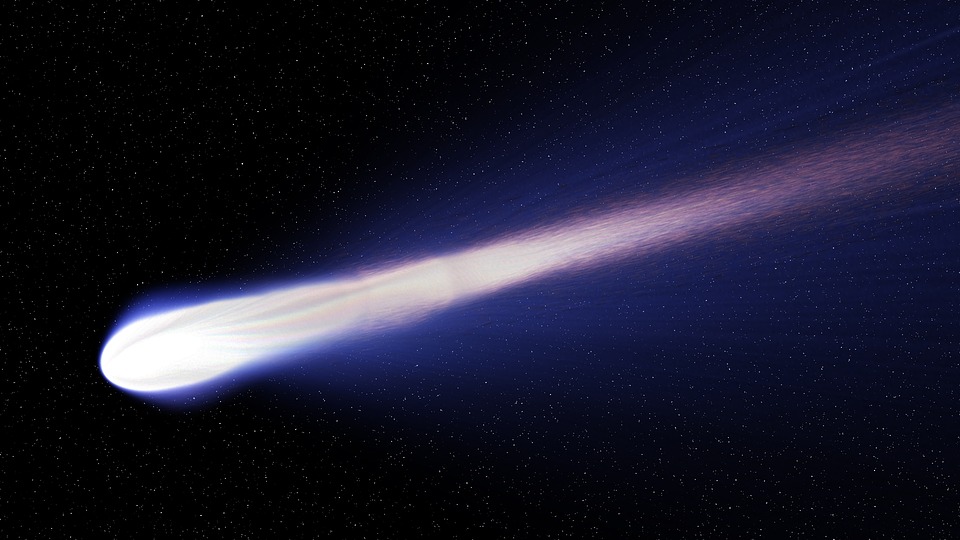An icy visitor from Oort Cloud is coming to skies near you this fall

Comet C/2023 A3 (Tsuchinan-Atlas), a visitor from the distant Oort Cloud discovered in early 2023, may deliver a breathtaking celestial display later this year. Originally predicted to be a breathtaking naked-eye spectacle this fall, new data reveals a surprising twist.
Comet A3 is currently journeying between Mars and Jupiter around 265 million km (about 165 million miles) away and is on its path towards a close encounter with the Sun (called perihelion) on September 27, 2024. This event will be followed by a near flyby of Earth (perigee) on October 12th.
Nearly 80 Unistellar Network citizen scientists have been watching Comet A3 over the last year and recent observations show that the comet is unexpectedly dimming.
Scientists believe the dimming might be due to the comet's changing phase angle – the angle at which sunlight reflects off the comet towards Earth.
While the real show unfolds near perihelion and perigee, Comet A3 will be hidden from view during the summer months. However, amateur astronomers in both hemispheres still have a chance to spot it in the evening sky until mid-July.
If you look for Comet A3 between perihelion and November 1, you may see the effects of forward scattering - a phenomenon that occurs when sunlight coming from behind the comet, with respect to Earth, is scattered off of dust particles in the comet’s coma and towards our eyes, potentially causing a dramatic increase in brightness.
The observations between perihelion (September 27th) and early November (when the comet is between Earth and the Sun) could reveal signs of forward scattering, leading to a magnificent celestial display.
Keep your eyes peeled and telescopes pointed skyward to witness this rare celestial phenomenon.
https://t.co/8ZrnmExxYMWant to contribute images and scientific data on a new comet? This object is in the @Unistellar App Catalog! Simply search C/2023 A3 in your App and click GoTo to visit this comet, currently more than 265 million km away but getting closer.
— The SETI Institute (@SETIInstitute) May 17, 2024
- READ MORE ON:
- Oort Cloud
- Comet A3
- skywatching
- comets










